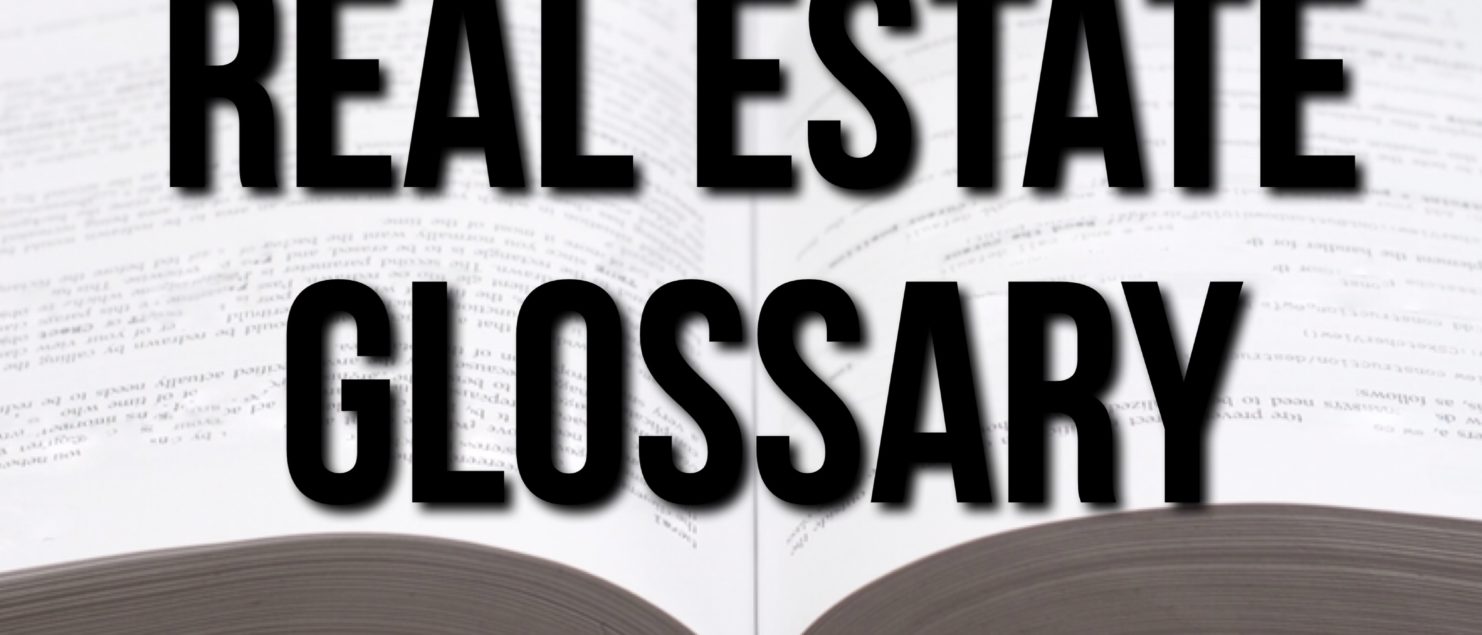Real Estate property terms A-L
Sometimes Real Estate agents and property professionals can get caught up in their own ‘lingo’. Here are some commonly used, and often misunderstood terms that you should know if you are investing in property. Post 1 will be A-L, so keep an eye out for M-Z!
A
Appraisal
A report that includes an estimation of the sale price of a property. Appraisals are compiled by real estate salespeople and agents, generally at no charge. Unlike valuations, appraisals cannot be used in a court of law if there is a dispute (see “Valuation”).
A-REIT
Australian Real Estate Investment Trust. Formally known Listed Property Trusts. An A-REIT is an Australian listed property trust that buys property, generally commercial property) and manages it on behalf of investors. Some commonly known A-REITs include; Westfield Corporation (WFD), Colonial First State Retail Property Group (CFX), Dexus Property Group (DXS).
 C
C
Capital Growth
An increase in the value of the property over time.
Capital Gains Tax (CGT)
The tax payable when a property is sold. This is based on the difference between the original purchase price and the sale price, including purchase and sale costs.
Capital Gains Tax discount
A discount of 50% on the CGT payable, provided the property has been owned for at least 12 months (and provided various other conditions have been met).
Cooling-Off Period
The length of time given to a prospective buyer to consider their impending property purchase. The length of time varies between the states and territories. There is no cooling-off period when you buy at auction.
D
Depreciation Schedule
A list of items in an investment property that can be depreciated and claimed as a tax benefit. It includes such items as carpets, hot-water systems and air conditioning.
E
Equity
The difference between the value of what you owe and the value of what you own. In other words, it represents the portion of the property you own as compared to the portion that the lender owns.
F
Fixed Rate Loan
A loan where the interest rate is fixed for a period of time, which can vary from one to 15 years.
G
Gearing
The term used to describe borrowings to purchase an investment property.

I
Interest-Only Loan
A loan where only the interest is paid and the principal remains unpaid at the end of the loan.
L
Line of Credit Loan
A loan that is similar to a credit card, where you are able to withdraw funds as needed. Sometimes regular, minimum, interest-only repayments must be made.
Lender’s Mortgage Insurance (LMI)
A premium paid by the purchaser if the loan is more than 80% of the value of the property. This insurance covers the lender if the borrower defaults on the loan.
Low-Doc Loans
Loans where minimal documentation is required by the applicant. Often used by self-employed people. The interest rate charged is often higher than for a full-doc loan.
Loan-to-Value-Ratio (LVR)
The value of the loan as a percentage of the value of the property.

